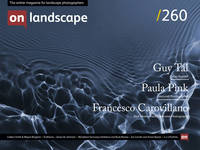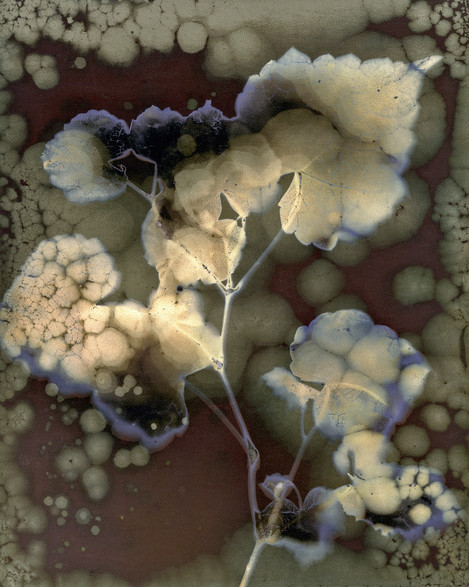Featured Photographer

Paula Pink
I previously trained as a graphic designer in London before moving to Charlotte, North Carolina in 2002 where I owned a small photography studio specializing in portraiture and fashion photography. In 2014 I earned a BSc in Liberal Arts from The New School in NYC.
Most recently I have been exploring experimental photographic processes and analogue photography, thereby considering the intersectionality between Art, Nature and Science. I work with both organic and inorganic objects and liquids, often found around the home, in contact with expired / B&W and color photo paper sourced from across the globe.
Unlike more conventional photography, where the photographer is often distanced from the subject, this practice allows me to actively engage and make contact with the materiality of both object and surface. In this manner, my presence as an artist becomes very much a part of the image-making chemical reaction that enables me also to consider and connect with my surroundings. My work to date aims to provoke an emotional response, opening up boundaries that challenge what a photograph is, can be, and its impact on the world around us.

Michéla Griffith
In 2012 I paused by my local river and everything changed. I’ve moved away from what many expect photographs to be: my images deconstruct the literal and reimagine the subjective, reflecting the curiosity that water has inspired in my practice. Water has been my conduit: it has sharpened my vision, given me permission to experiment and continues to introduce me to new ways of seeing.
Paula’s work and life have taken her from graphic design in London to portraiture and fashion/studio photography in Charlotte, North Carolina. In the last couple of years, she has been experimenting with alternative photographic processes. The latter, most notably cyanotypes, have become popular recently. As digital photography becomes more controllable, perhaps it’s inevitable that there will be a desire by some to bring physical craft and chance back into the medium. I came across Paula’s work on Instagram and thought it would be good to find out more about both her background and the variety of different experimental processes she has been working with. It’s been a particularly busy period for her, with two of her watergrams - Skimming Stones and Our World - selected for exhibition in the 2022 Royal Academy Summer Exhibition.
Would you like to start by telling readers a little about yourself – where you grew up, what your early interests were, and what that led you to do?
I was born in Cambridgeshire, England, in 1965 and moved to Edinburgh, Scotland, when I was three. My father, who was a fighter pilot, had been killed in a plane crash, and my mother was forced to move off the air base with three young children and chose to live near her sister. Edinburgh was a wonderful place to grow up because it is a small city steeped in history and culture, and the surrounding area is incredibly scenic and accessible, though I am sure I should have appreciated it more at the time. I was never very good at drawing or painting, so I found an expressive outlet in photography and the darkroom; we had a very good art department and a fabulous photography teacher who always encouraged me. She suggested I apply to art college, and I ended up specialising in graphic design for the next four years. You could say I just “fell” into the discipline because it was new and exciting, and I wanted to do something different.
My college years were both practical and vocational with a lot of skills-based workshops as it was before computers were around to create type, move an image, manipulate it, or change proportions; it was the era of typesetting, Letraset, and cut and paste collage, and if you made an error you had to start over. Photo manipulation was all done manually, which was often laborious and time consuming – correcting exposures, dodging and burning, cropping images in the enlarger, and superimposing negatives. Films and prints were developed and printed manually, and the alchemic process was deeply satisfying. I enjoyed the peace and solitude of the darkroom, which requires focus and patience, a lot of trial and error, and quick decision making; it felt experimental, self-expressive and involved - both mentally and physically. Looking back, it was great training for the hands-on work I am engaged in today.


